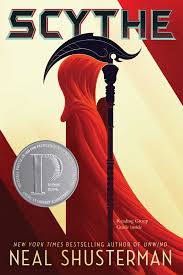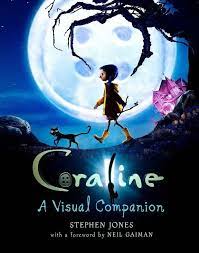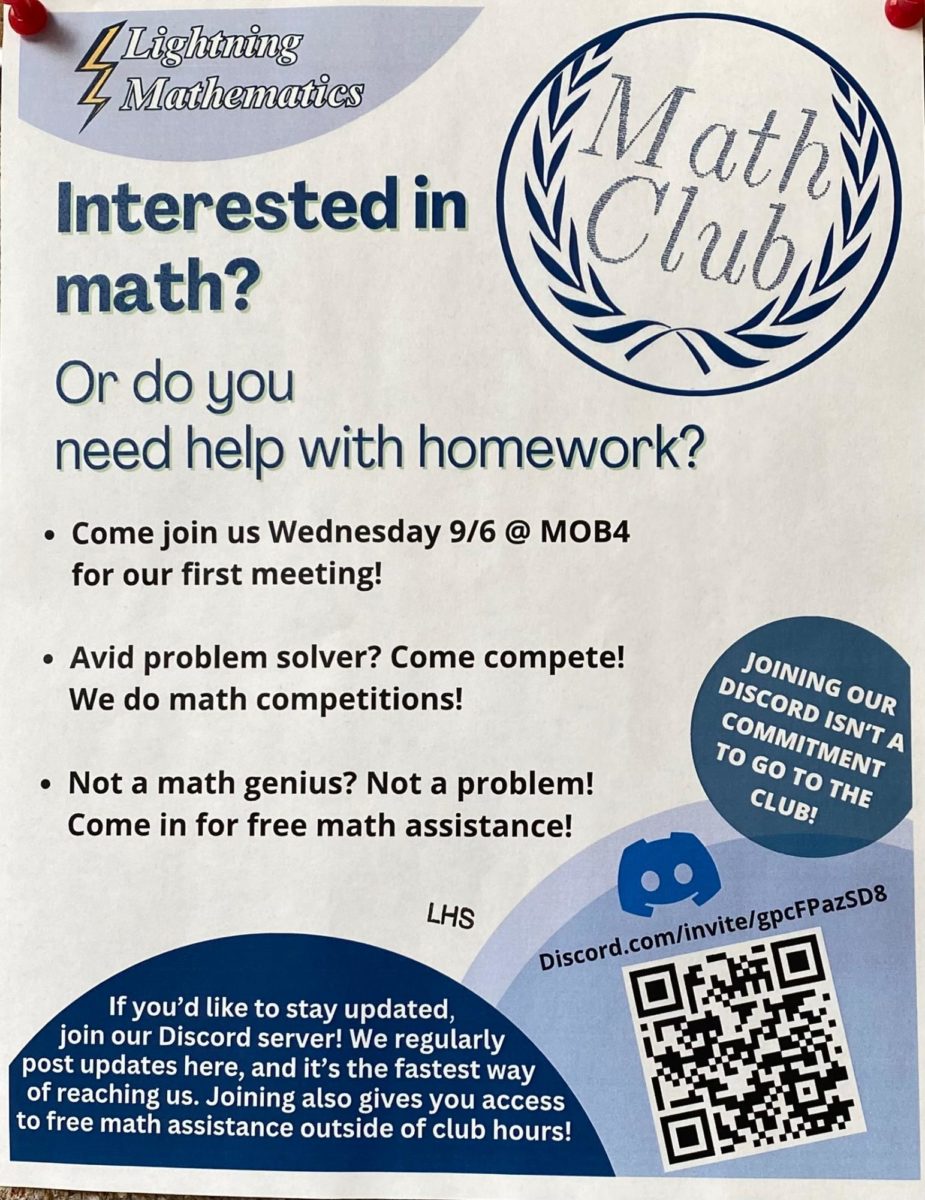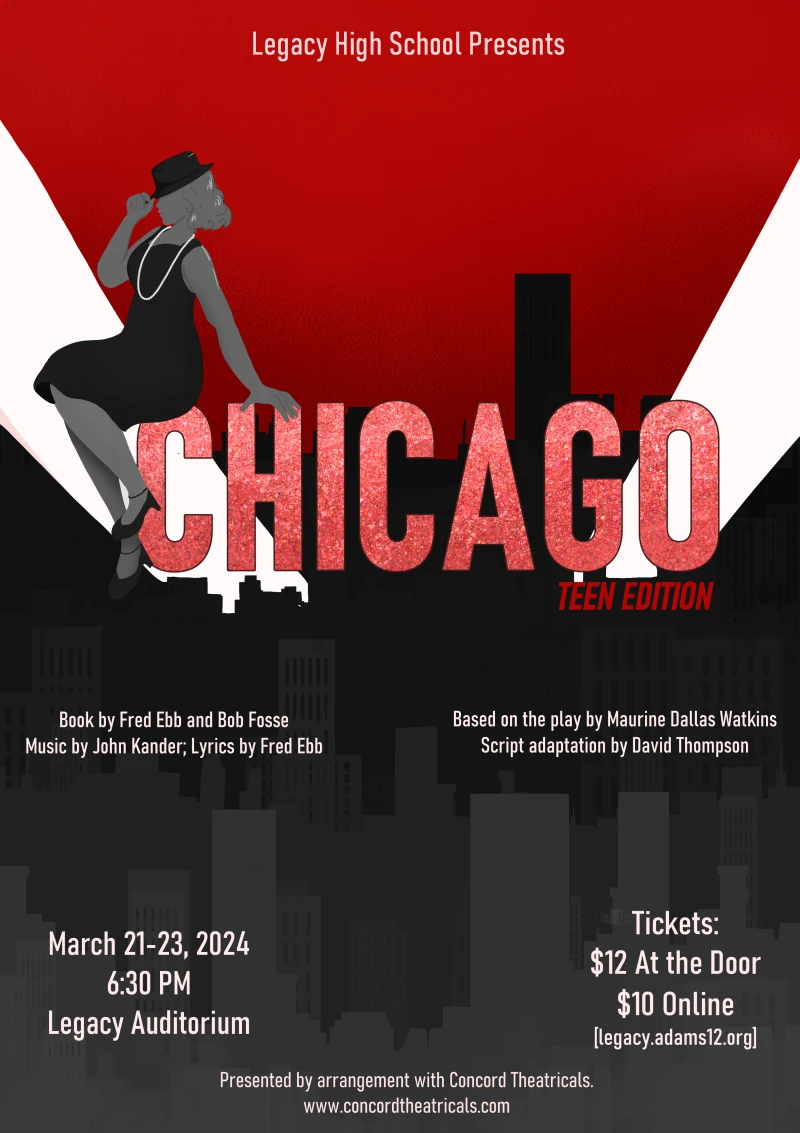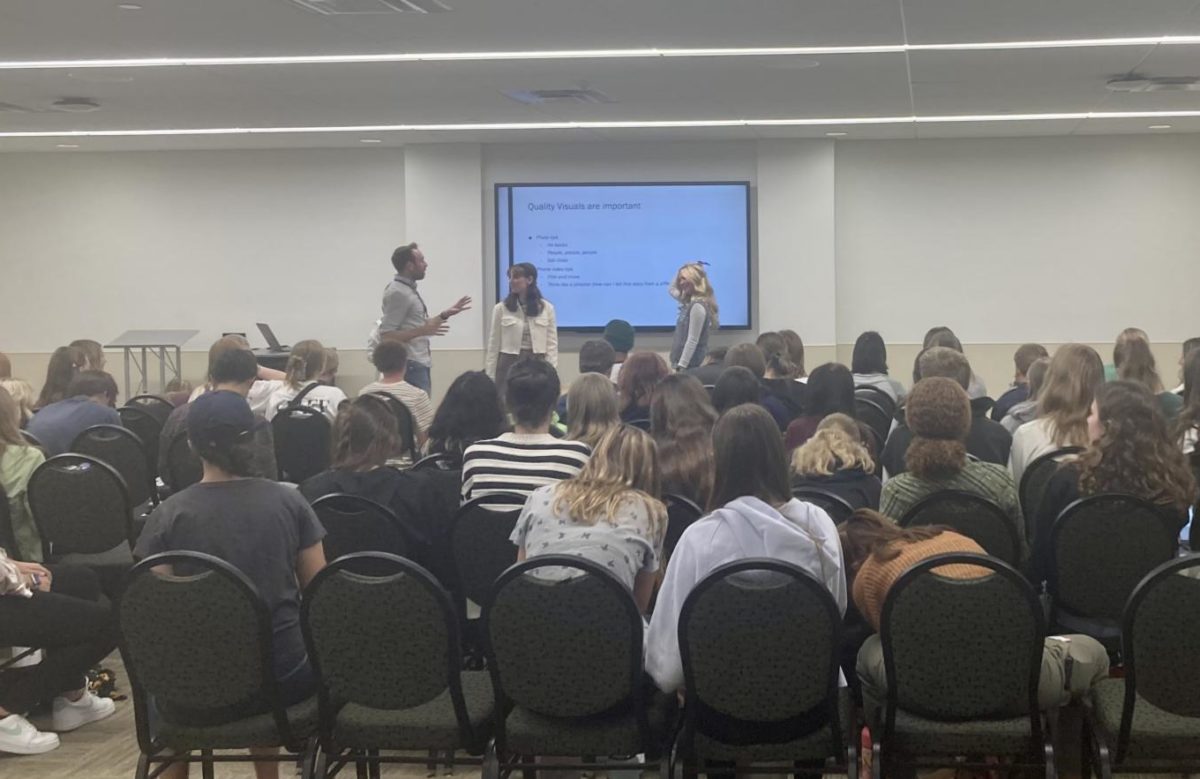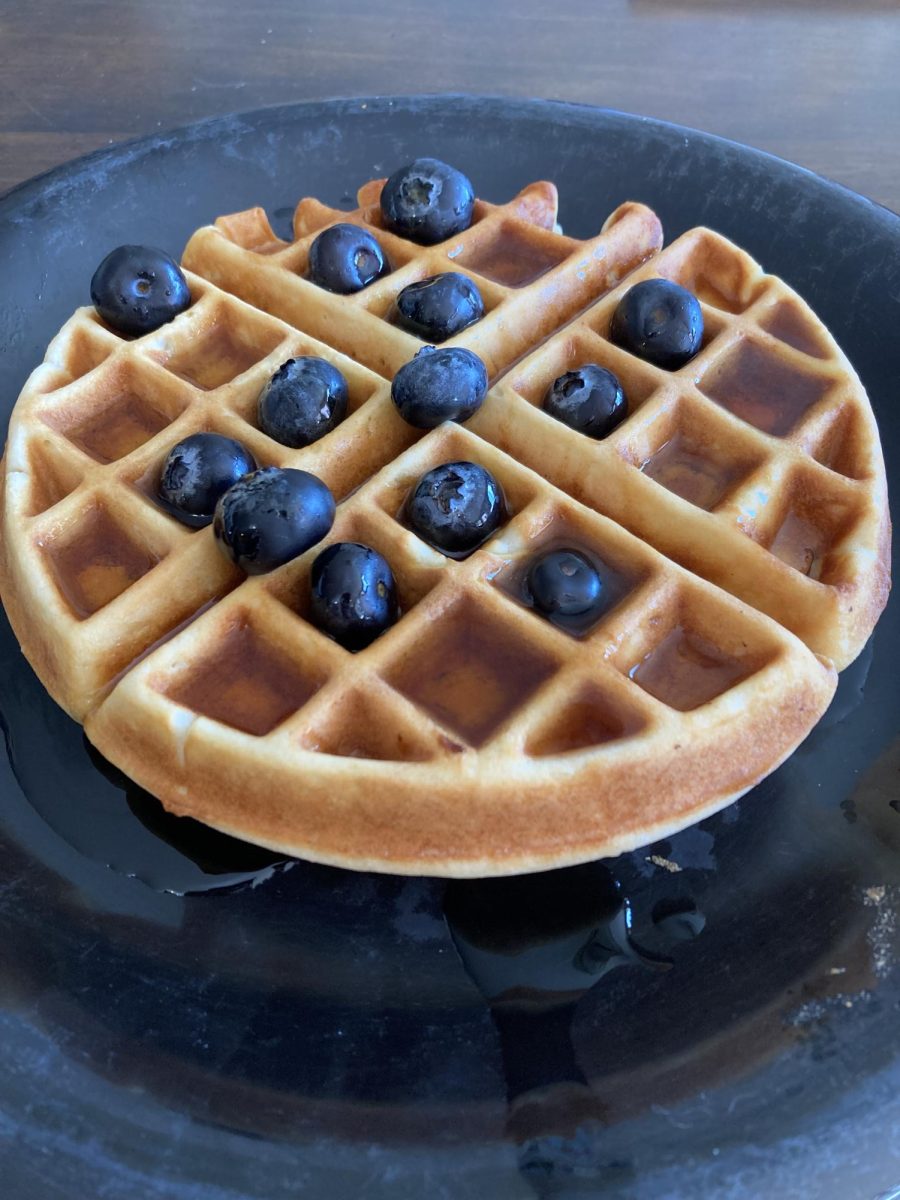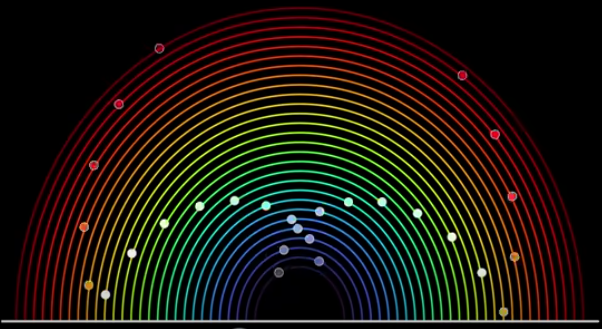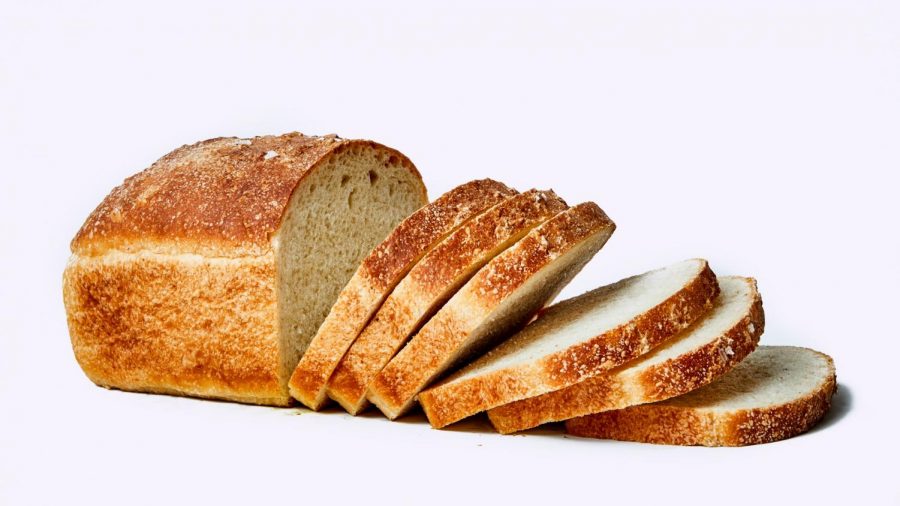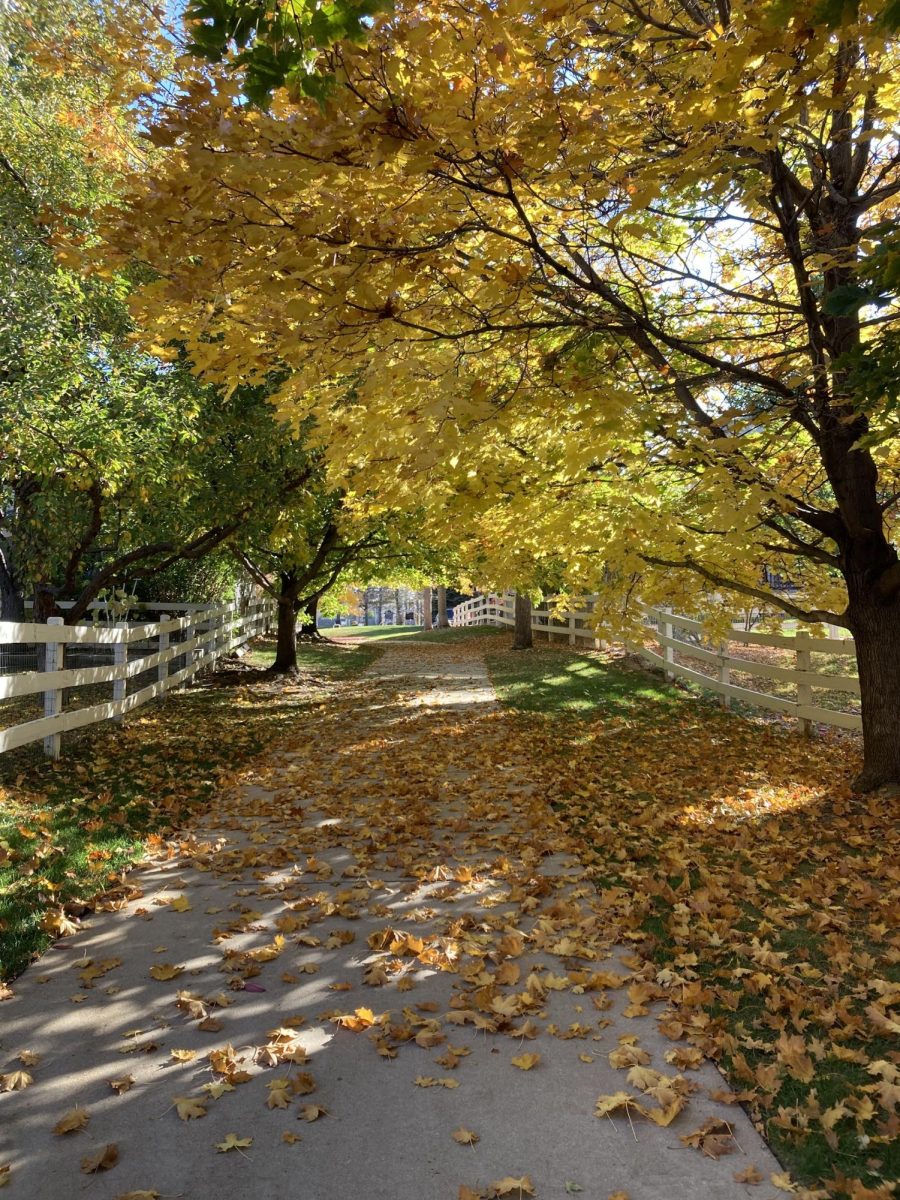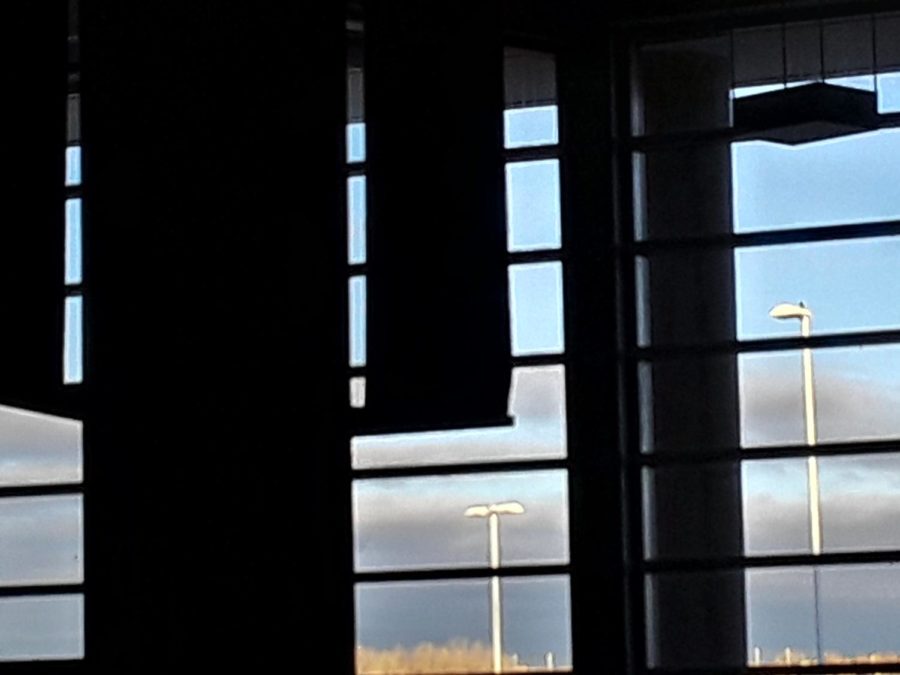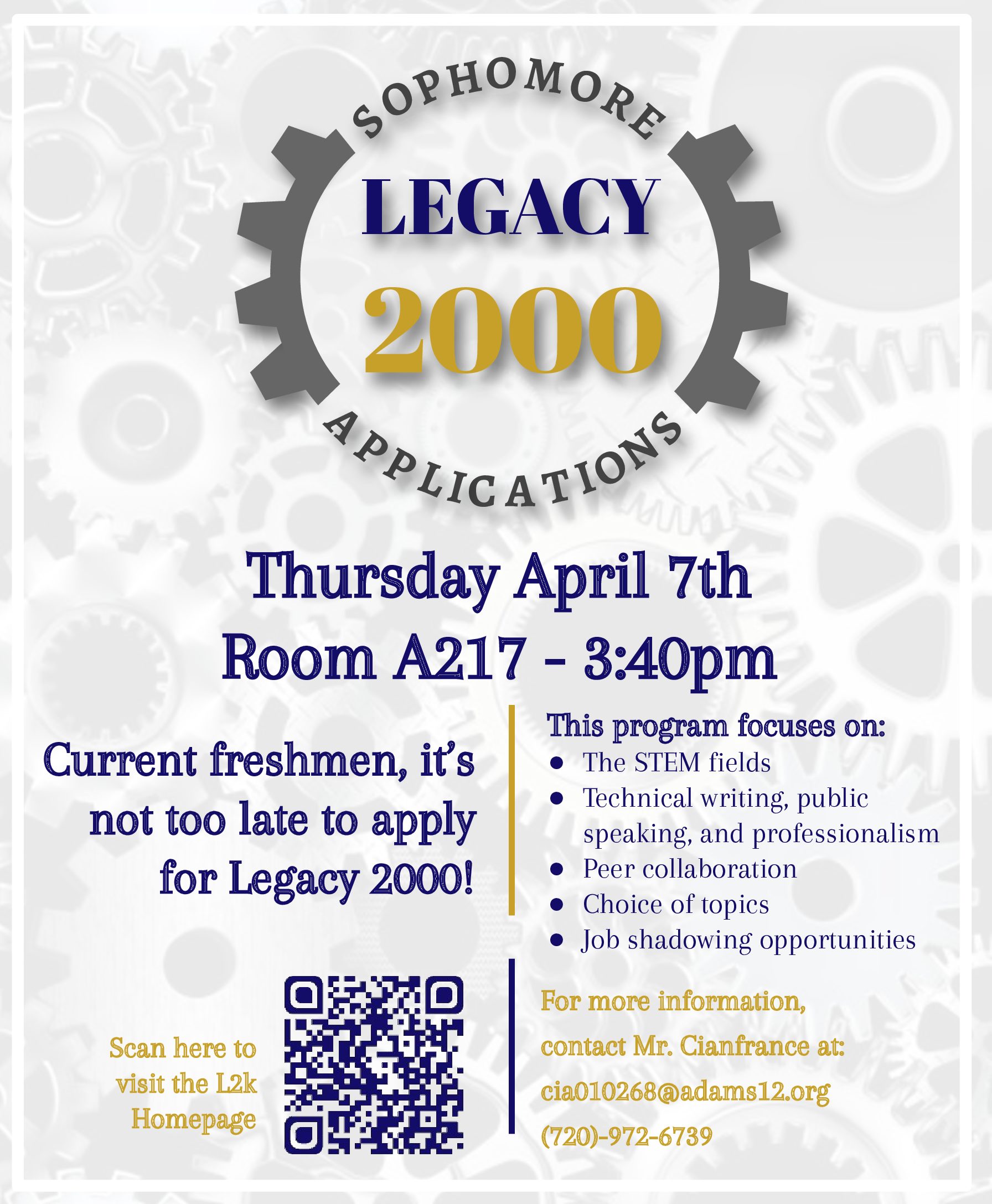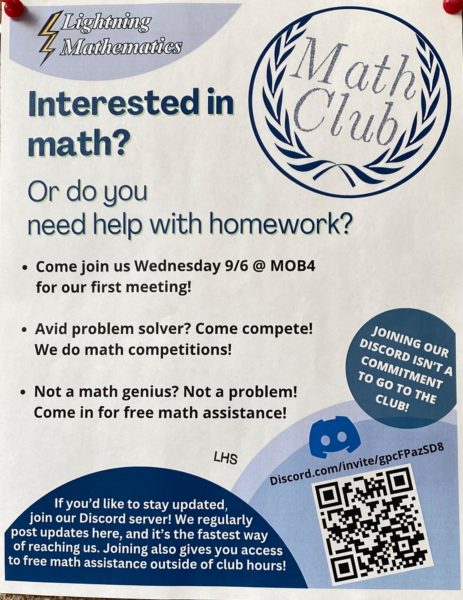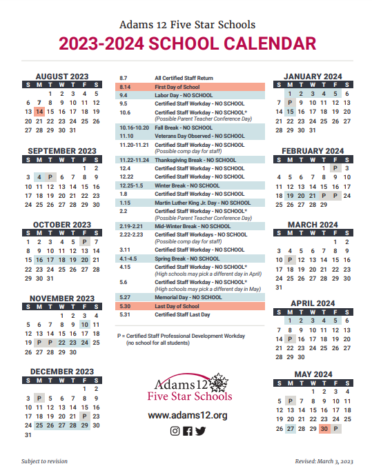Winter Wonder(land)
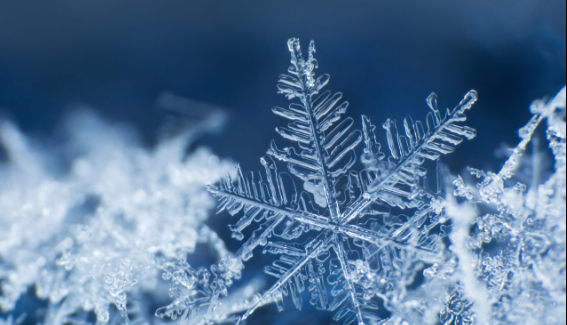
January 20, 2023
The eternal and widespread joy at discovering that a day of school – an entire eight hours of mind-numbing, parking-lot-despising, ‘when-will-that-bell-ring’-thinking – is replaced with the freedom to sleep in, hang out, shovel snow, and so on, is a universal language. The words “snow day” rarely spark a frown on any student’s face, immediately (and somewhat paradoxically, all things considered) brightening anyone’s day. As gloomy as the outside weather will be, our hearts will always sing its praises.
Essentially, snow days are a protective measure occasionally taken in order to keep people safe. Driving or walking in hazardous conditions – snow, for example, or very cold temperatures – can be incredibly dangerous. Roads can become slick, making it harder for cars to slow down, which results in a higher number of accidents. According to the Federal Highway Administration, about a fourth of all crashes in a year happen due to snowy or slushy weather. Having teenagers on the roads during this time is, quite clearly, not a good idea, hence why districts or workplaces will make the call to cancel events for the day.
Dr. Roger Turner wrote an article in 2018 delving into the topic of snow days and how administrators decide if they’re required. While Dr. Gina Eosco, the person he interviewed, may not be associated with Adams 12, the information is absolutely still relevant. One of the points made in Dr. Turner’s article is how the area’s climate will be one of the factors to determine whether schools will close.
One of my earliest memories, while I still lived in Texas, was losing a day of school for what appeared to be the lightest dusting on the ground. I wasn’t very shocked at the time, due to being about seven years old and not very bright, but in retrospect I never understood why they would close school for some frost.
“For southern states, a flake in the forecast is enough to close school. Southern states simply do not have the infrastructure nor the resources to salt or sand roads… Northern states experience winter weather more often and therefore have more in the way of resources and infrastructure.” – Dr. Gina Eosco
Aside from the administrator’s point of view, I also wanted to delve into the snow day myths and superstitions. Are they just legends, passed from generation to generation? Do they have any historical roots? Were they invented by tired parents that wanted their kids to stop asking if they had a snow day or not?
On the surface and initial Google search, these myths don’t appear to have any true credit. However, under a small mountain of articles on what, precisely, the “rituals” were, Kate Cray (an editor at The Atlantic) has provided a lovely synopsis of where they originate from.
“[Flushing ice cubes is] textbook “sympathetic magic,” or the idea that “like produces like” – that a cold ice cube…could lead to cold, white snow. This type of occult logic just makes sense to children. The ice cube “goes down to the ocean and it freezes up the ocean,” one 8-year-old Virginian told the Associated Press in 2006.” – Kate Cray
In general, they appear to stem from kids’ logic and superstitions, though some are more grown up. Wearing clothes inside out has been a long-standing tradition to bring luck, whether it be “to ward off curses from fairies…[or] to ensure good luck for their sports teams”. That being said, Tok Thompson, a folklorist and professor at the University of Southern California, states that there will never really be one final originating source – and that’s okay.
“Finding the [source] is not only impossible; it’s just not what folklorists are interested in. Identifying a first depends on record keeping—the antithesis of the person-to-person spread that defines folk legends. By the time something’s been written down, it’s most likely already an established tradition.” – Tok Thompson
Sources:
https://ops.fhwa.dot.gov/weather/weather_events/snow_ice.htm
https://www.wunderground.com/cat6/how-snow-days-happen-decision-making-process


